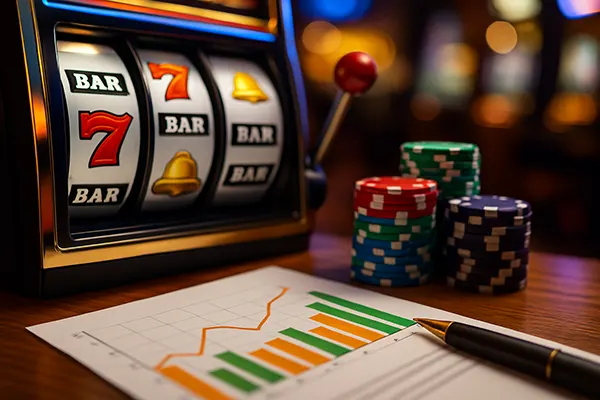
What RTP Really Means and How to Use It Wisely
Return to Player, or RTP, is a crucial concept in the world of online gambling. While often highlighted by operators, many users misinterpret what it truly represents. A clear understanding of RTP empowers players to make informed decisions, manage expectations, and choose games that align with their gaming strategy and risk tolerance.
Understanding RTP: A Statistical Perspective
RTP stands for Return to Player and is expressed as a percentage. It reflects the average amount of money a game is expected to return to players over a vast number of spins. For example, an RTP of 96% suggests that, theoretically, a player could receive back £96 for every £100 wagered — but only in the long run, over thousands or millions of rounds.
This figure is calculated based on extensive testing by the developers and often audited by third-party firms. RTP is not a guarantee of what will happen in one session but a mathematical average over time. Hence, it doesn’t predict individual wins or losses, which remain governed by Random Number Generators (RNGs).
Higher RTP values are generally considered more favourable, but the difference between 94% and 96% might not significantly influence short-term outcomes. It becomes meaningful primarily when assessing risk over extended gameplay.
Common Misconceptions About RTP
One widespread misunderstanding is treating RTP as a short-term forecast. In reality, even hundreds of spins may not align with the stated RTP, as randomness dominates. Players may win more or less than expected due to volatility.
Another myth is that RTP “builds up” over time and must eventually pay out. This is false. Each spin is independent and not influenced by previous or future outcomes. The RNG ensures that past losses do not lead to better odds ahead.
Lastly, some believe that high RTP always means better gameplay. While it can enhance long-term returns, gameplay experience also depends on volatility, bonus features, and personal preferences — all equally important.
How to Use RTP Data Strategically
Strategic players often use RTP as one of several parameters when choosing a game. While RTP alone doesn’t ensure winning, it provides insight into the potential efficiency of a game over time. For instance, players planning extended sessions may prefer games with higher RTPs to increase their theoretical returns.
Pairing RTP knowledge with volatility awareness can refine strategy. High RTP games with low volatility may yield frequent but smaller wins, ideal for casual entertainment. In contrast, high volatility games can offer massive payouts but carry higher risk, requiring a larger bankroll or patience.
Monitoring promotions or offers is another useful approach. Occasionally, operators feature games with temporarily boosted RTP or lower house edge. Recognising such opportunities allows players to maximise value when wagering.
Identifying Reliable RTP Information
Not all RTP data is transparent. It’s important to verify game RTPs from reputable sources, such as the game developer’s official website or independent testing agencies. Most regulated games display RTP in the information section, accessible directly from within the game interface.
Some games offer variable RTP ranges (e.g., 88%–96%), which depend on operator settings. Players should be cautious and ensure they’re playing the version with the optimal configuration, particularly when switching between sites.
Reading reviews or user feedback can help identify discrepancies or unusual behaviour. A consistent gap between expected and actual returns might warrant scrutiny, although it may still be within statistical norms.

The Role of RTP in Game Design and Regulation
RTP is not just a player metric — it’s also a critical aspect of game development and regulatory compliance. Developers must ensure their games meet legal RTP thresholds in different jurisdictions. This helps maintain fairness, protect consumers, and ensure responsible gambling practices.
Licensing authorities like the UK Gambling Commission or Malta Gaming Authority often impose minimum RTP standards. These benchmarks aim to prevent exploitative game mechanics and foster a fairer gambling ecosystem. Breaches can result in fines or revocation of licences.
For developers, balancing RTP with engaging mechanics is a challenge. Offering high RTPs may reduce operator margins, so designers often introduce attractive bonus features or jackpots to retain player interest while maintaining profitability.
Balancing RTP with Other Game Features
Players should assess RTP alongside other factors like volatility, theme, graphics, and bonus structure. A game might have a generous RTP but lack entertainment value if it’s repetitive or lacks interactivity.
Jackpot slots, for instance, may offer lower RTP but compensate with the potential for life-changing wins. These games appeal to players willing to accept a lower return for the chance of hitting a major prize.
Ultimately, RTP is one tool among many. By understanding its role and limitations, players can make smarter decisions, enjoy more balanced gaming, and reduce the element of chance in favour of informed strategy.
